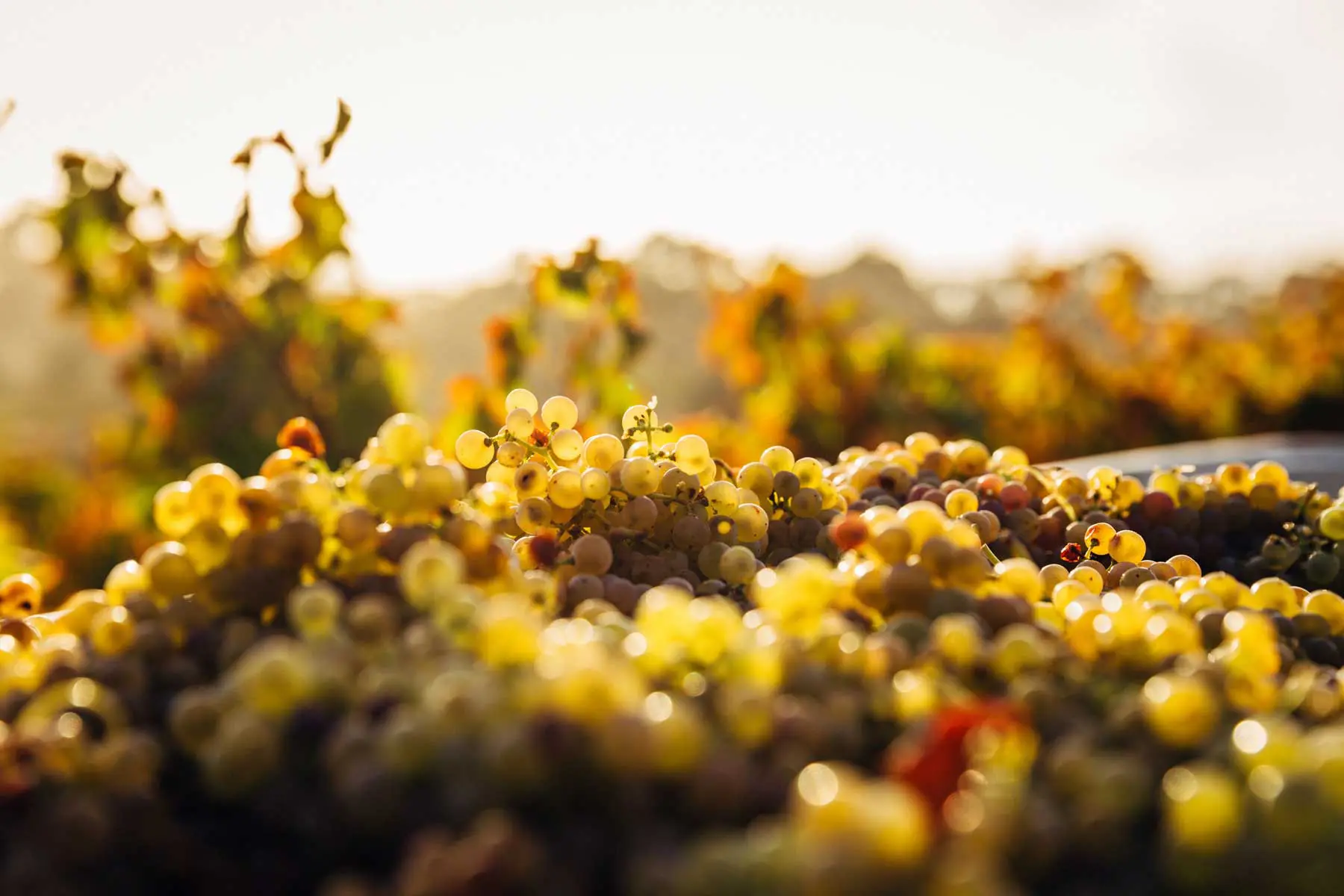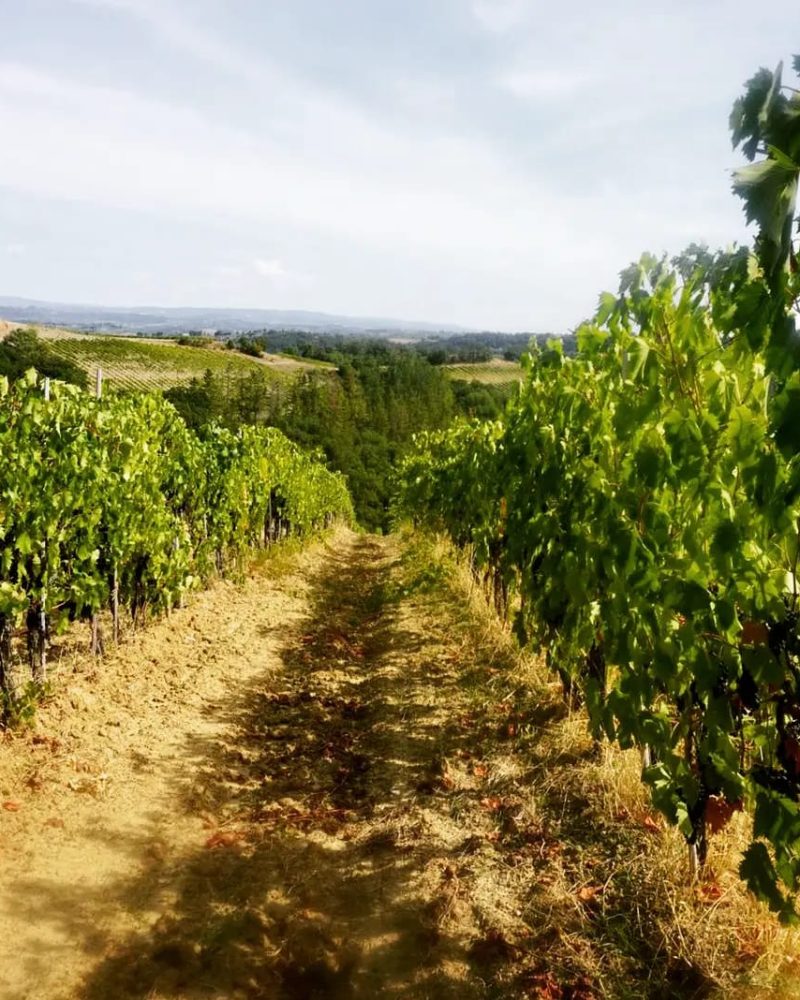V i n e y a r d s

vineyards
8 a c r e s o f p u r e l o v e
What started as a small family vineyard 52 years ago has grown into an eight-hectare area with several grape varieties. Still family-owned, the vineyard is nurtured by our love for high quality wine and our dedication to bringing it to you. Carefully cultivated and selected, our grapes offer a taste that has won over everyone’s palate!
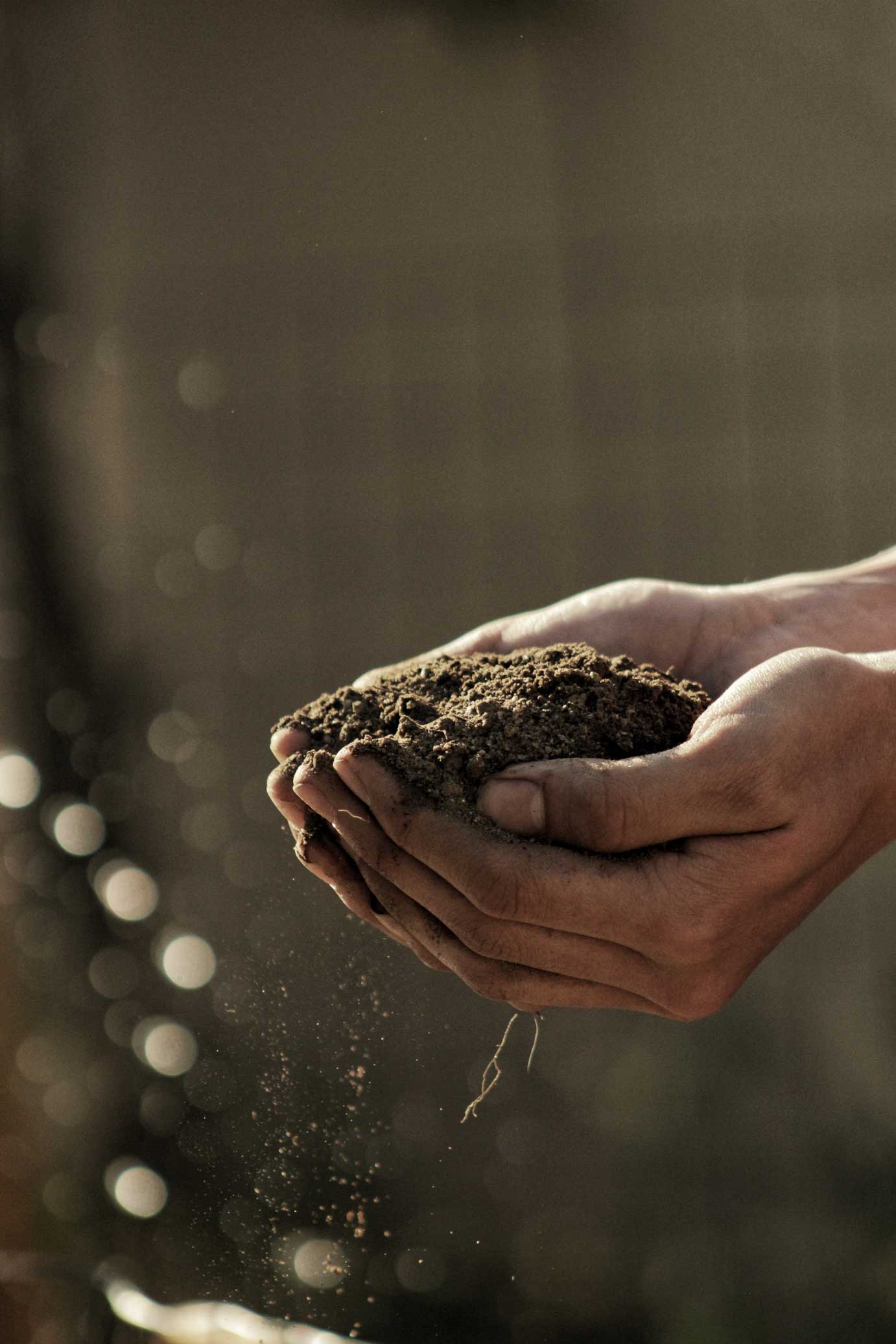
Our vineyards are typical of the Tuscan territory: lying on the soft, gentle hills of Gambassi Terme, they extend 350 metres above sea level
and have a planting density of 2000 – 5000 vines per hectare.
The characteristic Tuscan landscape, its gentle hills and warm sunshine are mitigated by the arrival of sea breezes. The balance between altitude, soil type and the cool, breezy climate provides excellent conditions for perfect vine growth and nutrition.
The soil is mainly composed of rock and marl mixtures, schistose clays known as
“galestro’ with elements of marine fossils and ‘alberese’ a common soil mixture of
clay and limestone. The soil is of primary importance to the vine because it supports
most of its root system, including the majority of its supply network.
At the estate, we boast one of the oldest vines in production in our area. It is precisely Sangiovese, and contrary to what one might think, it has an excellent quality yield due to the depth of its root systems and their ability to collect mineral salts and nutrients.
Wine varieties
a n e t e r n a l b o n d
Our vineyards are composed almost exclusively of native red grape varieties such as Sangiovese, Colorino, Ciliegiolo, Canaiolo, Malvasia Nera, and Syrah.
From these grapes we obtain our Guerriero and Basium .
Among the white grapes, we instead breed Vermentino, Malvasia and Trebbiano, which give rise to Faus and Eccelsio.
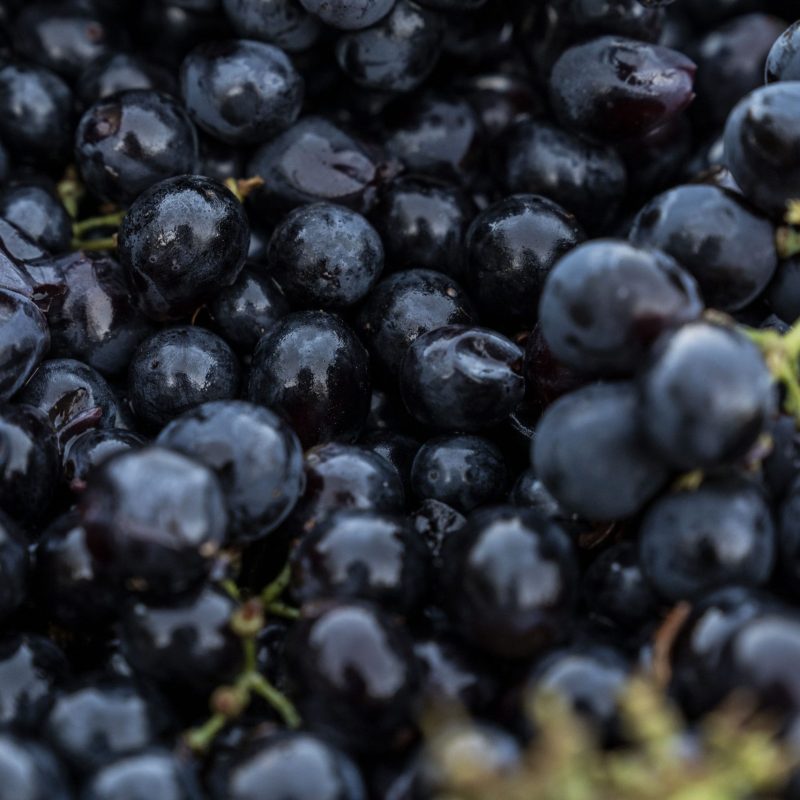

a disputed region
T h e C h i a n t i h i l l s
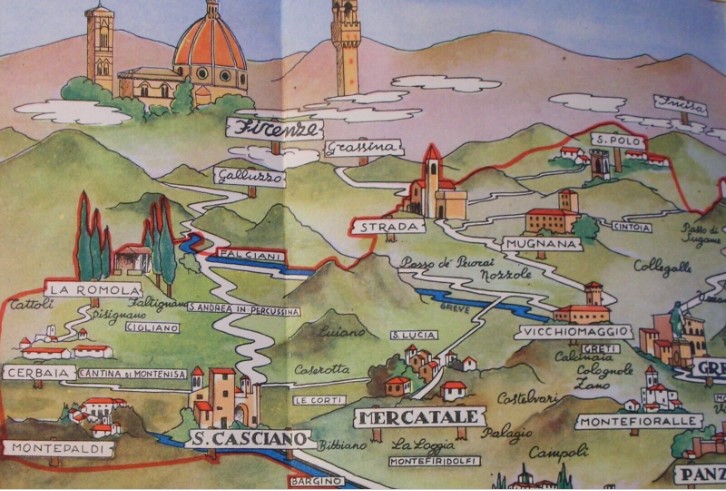
The Chianti territory was first under Etruscan rule, then under Roman rule.
Between the Middle Ages and the Renaissance, however, the territory was the victim of frequent ‘quarrels’ between the communes of Florence and Siena, which were in constant battle for control of the area.
Only once the feuds ceased were the immense Chianti valleys cleared and used for agricultural purposes, especially wine and olive fields.
Today, Chianti is one of the most famous and ‘noble’ wines in the world.
Today, there are numerous laws that protect and guarantee the quality of this wine, which is produced in approximately 70 thousand hectares of land located between the cities of Florence and Siena.
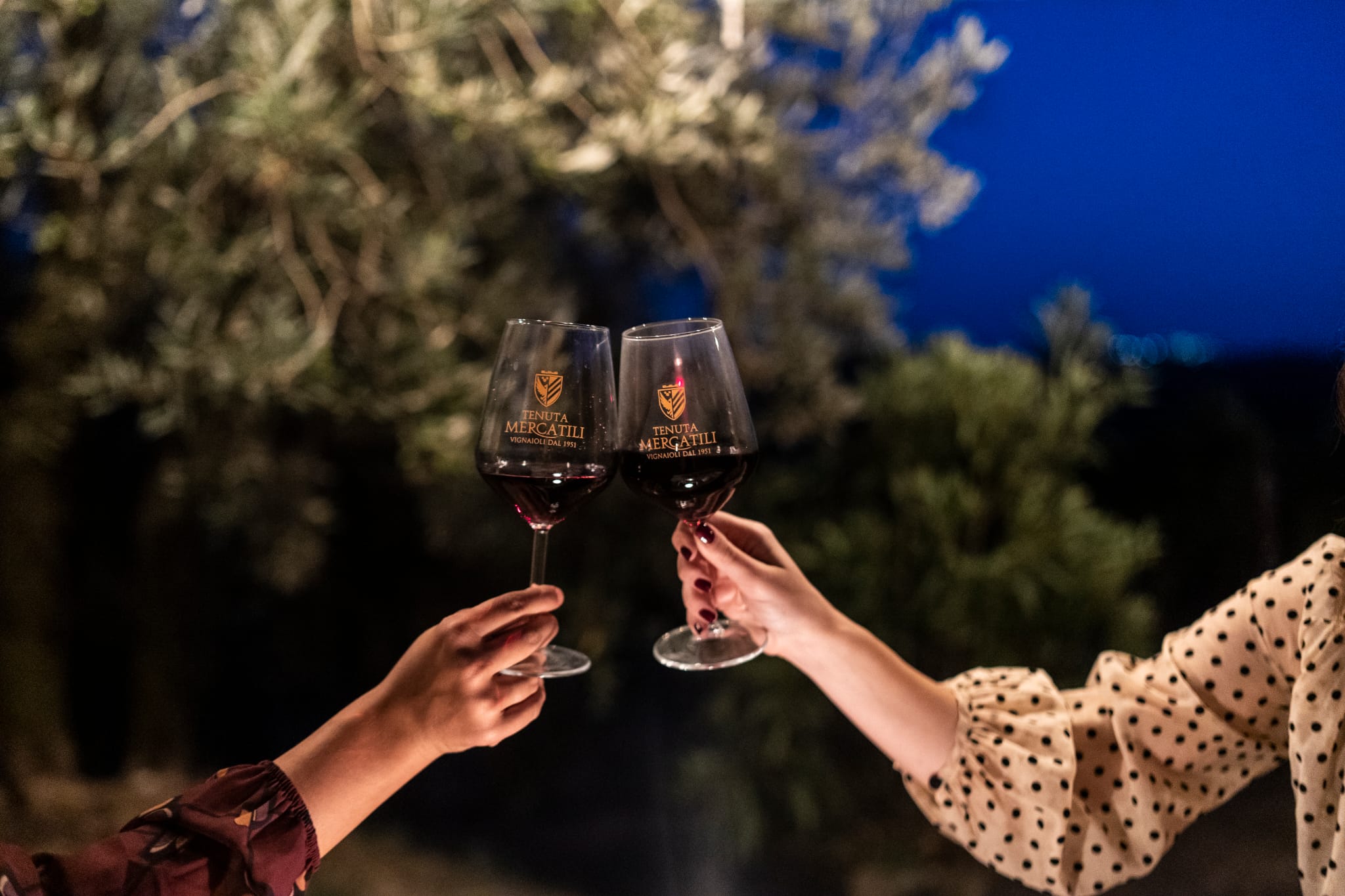
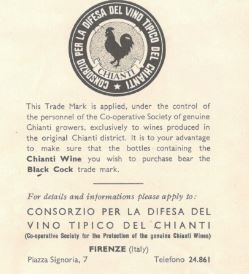
The origin of the name Chianti is not certain. According to some versions, it could derive from the Latin word clangor, meaning noise, recalling the sound of hunting parties in the forests that abounded in the area; according to other versions, it would derive from the Etruscan clante, meaning water, of which the territory is rich, but also the name of Etruscan families common in the area.
Already from this philological premise one can guess at the prosperity and fertility of the Chianti soil, whose mild climate and lush vegetation have meant that its hills have been inhabited since the second millennium BC.
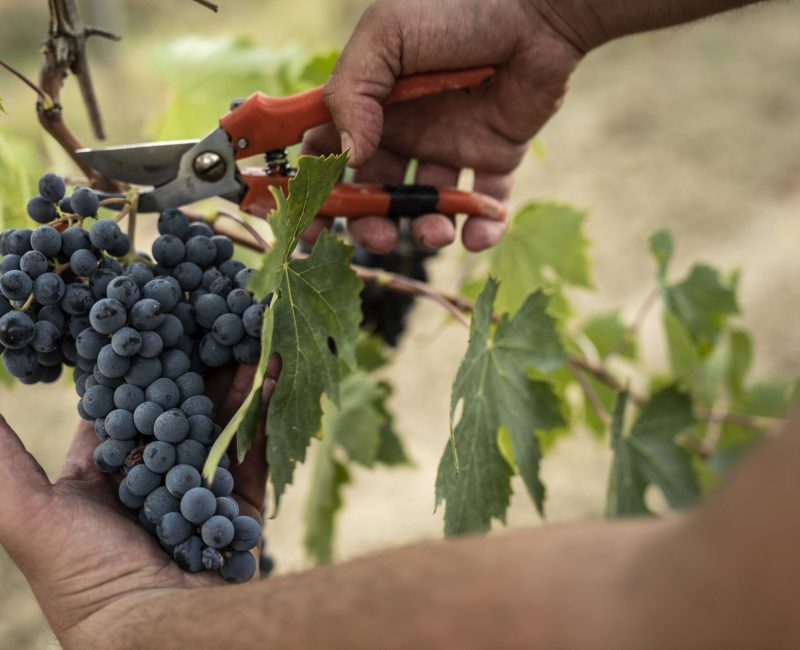
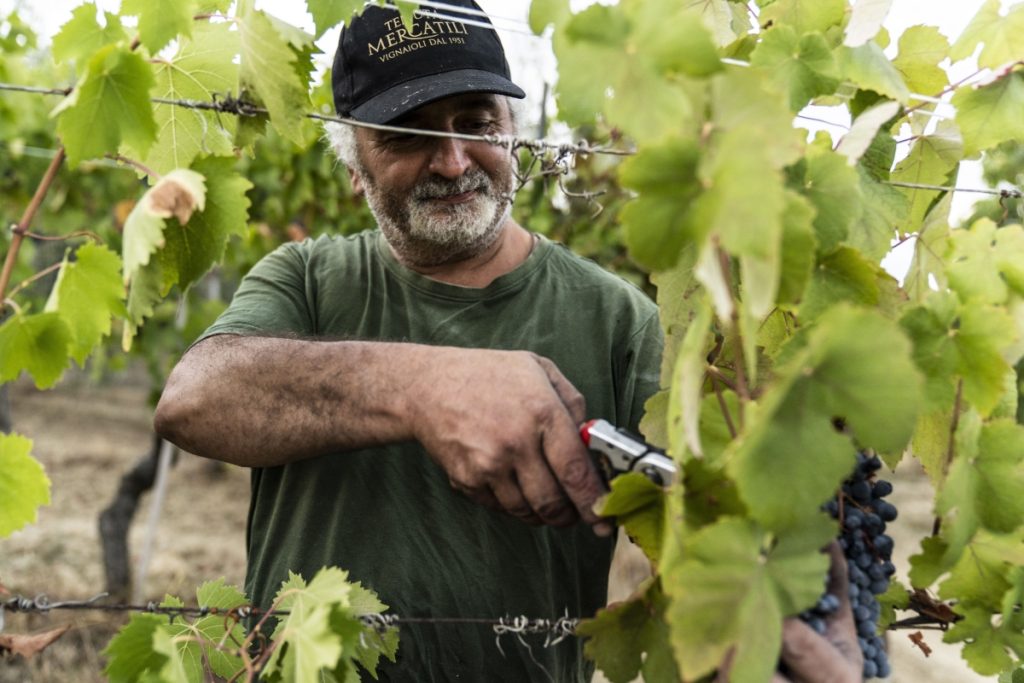
our harvest
v i n t a g e
At Tenuta Mercatili, we talk about a vintage harvest.
It starts in late summer, generally between September and October.
The vineyard is divided into 8 plots containing different soil types and grape varieties.
Each plot is harvested and vinified separately.
Alessio checks the vines for ripeness and at the right time invites all family members and friends to participate in the harvest.
Our grapes are harvested exclusively by skilled hands and sharp scissors; this allows us to carefully select the best grapes.
The merits of this ‘vintage’ method are lovingly recounted inside our bottles.
